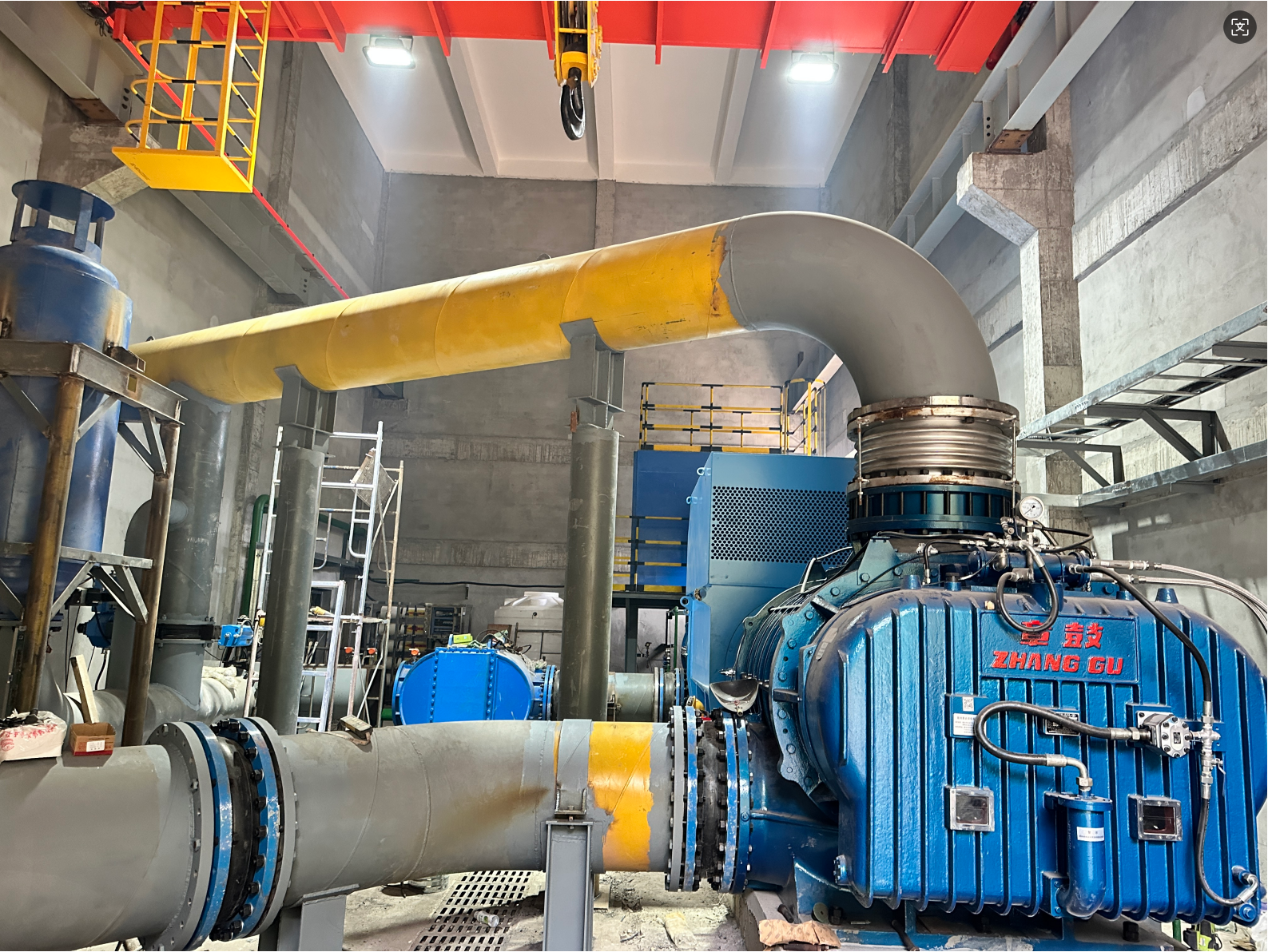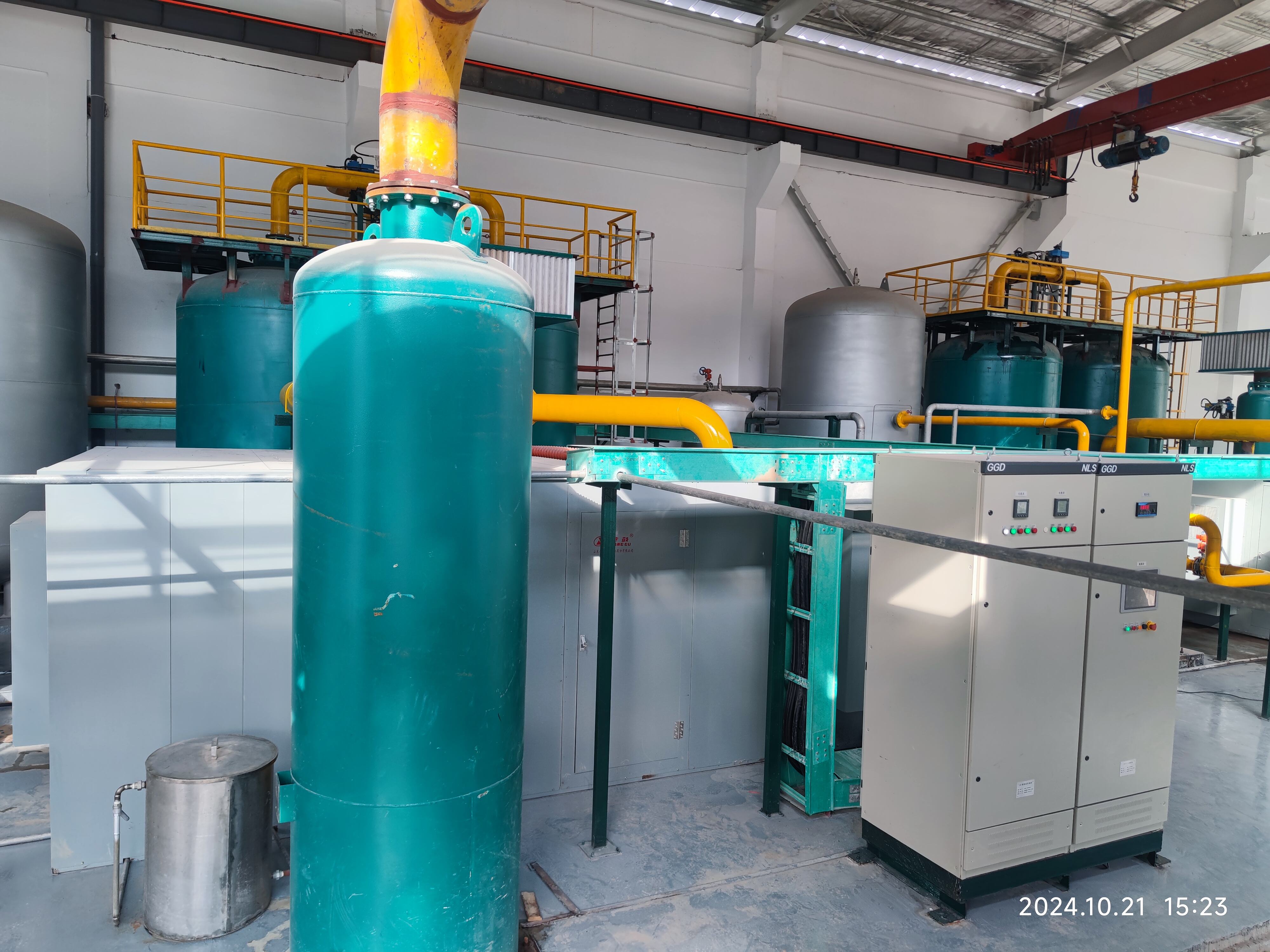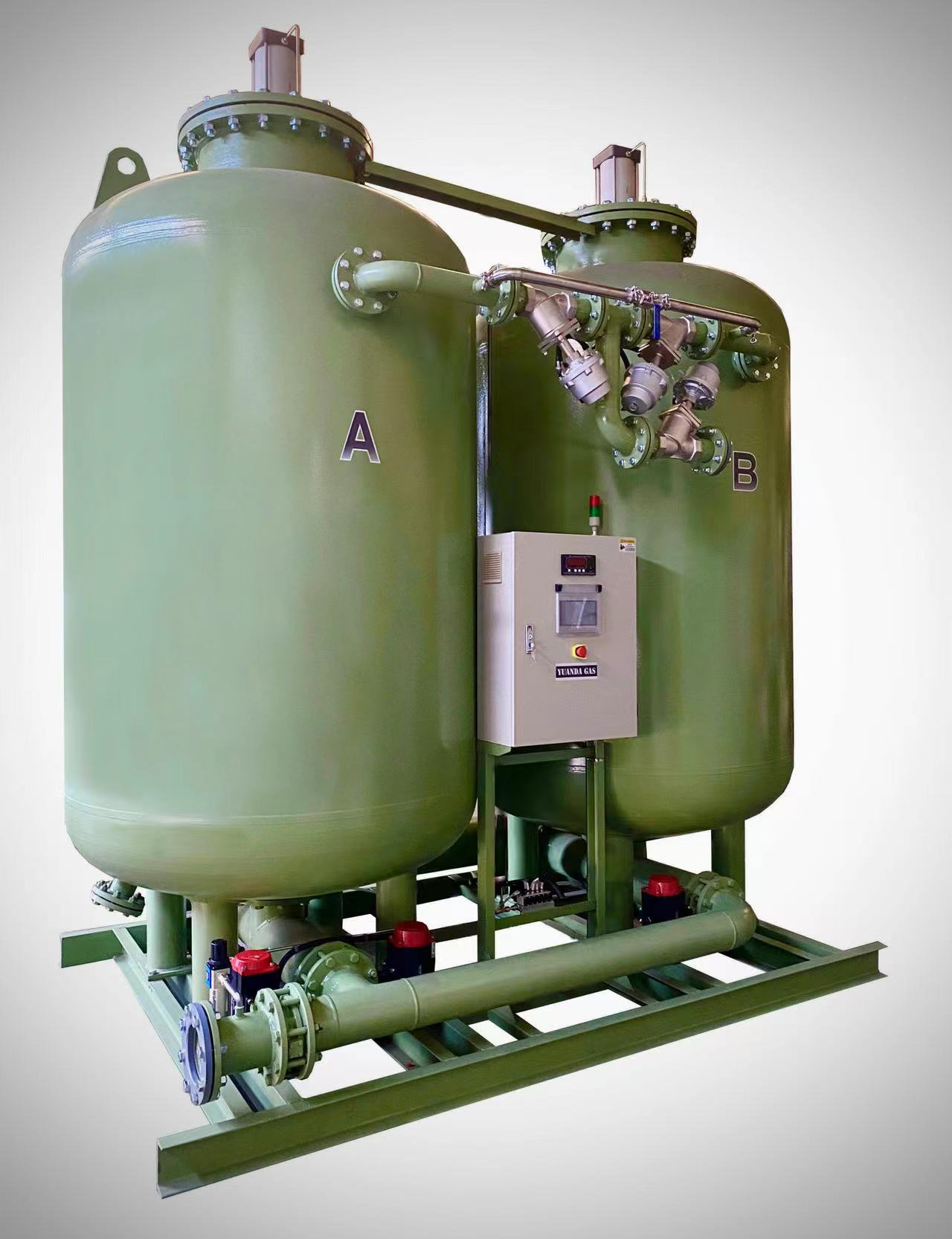psa o2
سیستم PSA O2 (Pressure Swing Adsorption Oxygen) ڕێکخراوێکی نوێتر و کاریگارەکانی ئەزموونگری ئاکسیژێن دەپێناسێت، چارەسازی ڕاستەقین و هەوڵدار بۆ سectors مختلفێکانی کاریگاری کە ئەزموونگری ئاکسیژێنی پایەندە لازم دەخات. ئەم سیستمێکی نوێتر دروستبووە لەگەڵ فەرداوەکردنی ئاکسیژێن لە ھەوايەکی جووتەوە لەدایکی مادەیەکی زەویەی خاڵکراوەکان، بە دەست پێوەرتنی ژمارەی ٩٥٪ بۆ ئەزموونگری ئاکسیژێن. فرۆشتن لەسەر هەروەها پێشکەشی هەوا و گەڕانەوەی ئەوە لەلایەن بیدانەوەی زئۆلایتەکان دەبێت، کە نیتروژێنی ژێربەرەوە دەکەن وەکو تەنها ئاکسیژێن دەگەڕێتەوە. سیستم دوو بید دەبێتە بنەما، کە ئەزموونگری ئاکسیژێنی پەیوەندی بە شێوەیەکی باشتر لەلایەن گشتەکانی پێشکەش و گشتەکانی ژێربەرەوە دەکات. سیستمانەی PSA O2ی نوێتر کۆنترولەکانی پێشکەش، سنسورەکانی پێشکەش و دیوانەی پێوەردنی فرۆشتن لەلایەن بەرزبوونی کاریگاری و ئەفەکتیوهێنان دەبێتە لەسەر. ئەم وحدەکانە لەسەر ئەنجامدانەوەیەکی ژمارەیەکی ڕێکخراوەکانی ئەمنیتی ڕێکخراوەکانی پێشکەش و مۆنیتۆرەکانی ئەزموونگری ئاکسیژێن دەبێت، کە ئەوە ئەوەیان بۆ ئەمەوەی کاریگاری لەسەر کاریگارییەکانی ژیانی، کاریگارییەکانی صنایعی و مرکەزەکانی ژێرناسی دەبێت. دیزاینی ماژلەی دەبێتە لەسەر بوونی سکالابیلیتی، بەوەی سیستمانەی لە ئەوەی گەورەترین وەردەگیرییەکانی ئەزموونگری ئاکسیژێن بەرەو هەزاران مەتری کەوبەری ژمارەی ١ ساetەیە.


